Explore the best of Rajasthan by joining our 13-day tour, which will take you to the adventure of the fascinating medieval history of North India. Get on the vibe by walking in the busy streets of Delhi, and admire its unique contrasts between the old and modern influence. Go through the real Indian adventure once you take a local train to Ajmer, this magic pilgrimage center for Muslims and Hindus. Rajasthan will display its colors while you will visit the ‘Venice of the East´, Udaipur and the pink architecture of Jaipur will wake up your romantic feelings before entering the awe-inspiring Taj Mahal, love poem in the stone. This tour will expose the gems of Rajasthan and will fulfill your expectations and inspire your senses.
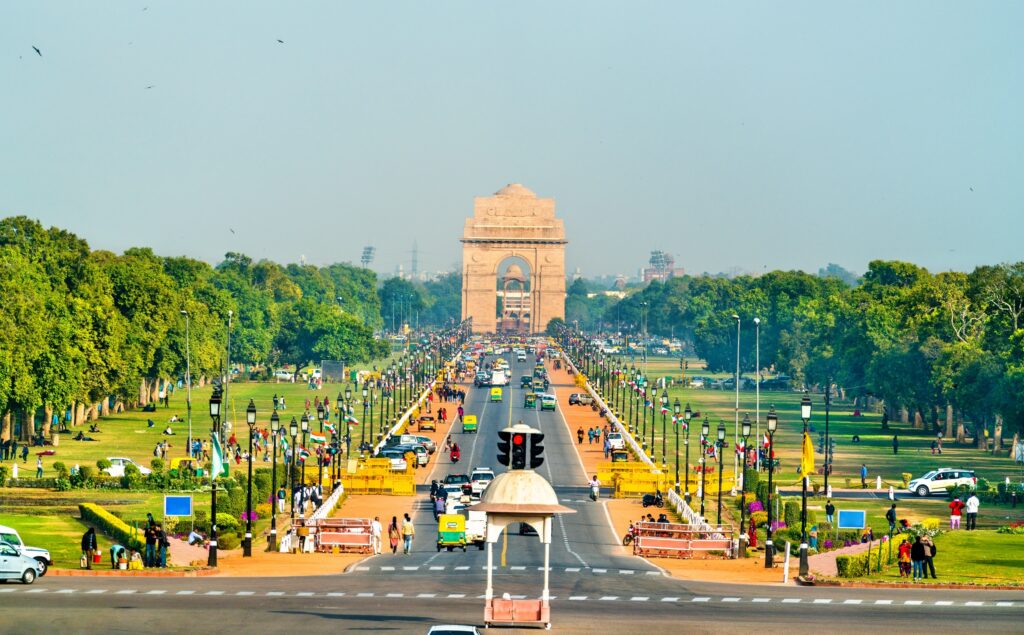
TOUR HIGHLIGHTS
- Delhi: Delhi is a combination of the cities that were founded in this area between 900 BC and 1930 AD. Today it is an elegant capital city rich in history.
- Pushkar: A small town blessed with the only temple in India dedicated to Brahma, creator of the cosmos.
- Udaipur: The city of unmatched beauty with a rich history, known as the city of lakes.
- Ranakpur: A Jain temple in white marble in the Aravalli mountains.
- Jodhpur: Known for its majestic and impregnable Mehrangarh Fort.
- Bikaner: Famous for the stunning Junagarh Fort.
- Jaipur: Jaipur, the capital city of Rajasthan, is famous for its pink sandstone buildings.
- Fatehpur Sikri: Admire the ghostly sandstone buildings of this abandoned city.
- Agra: The ancient capital of the Mughal dynasty, one of the most visited cities in India.

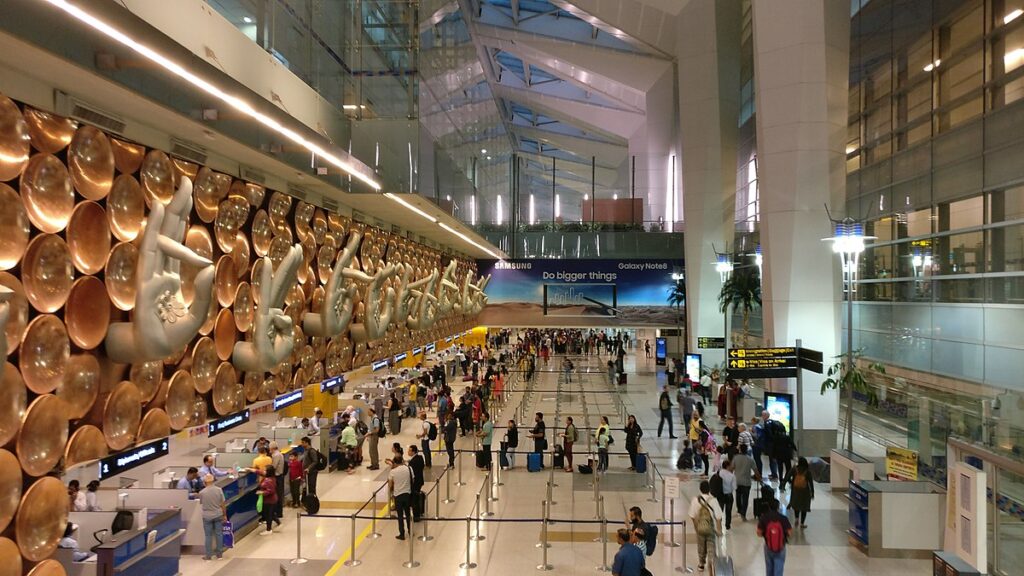
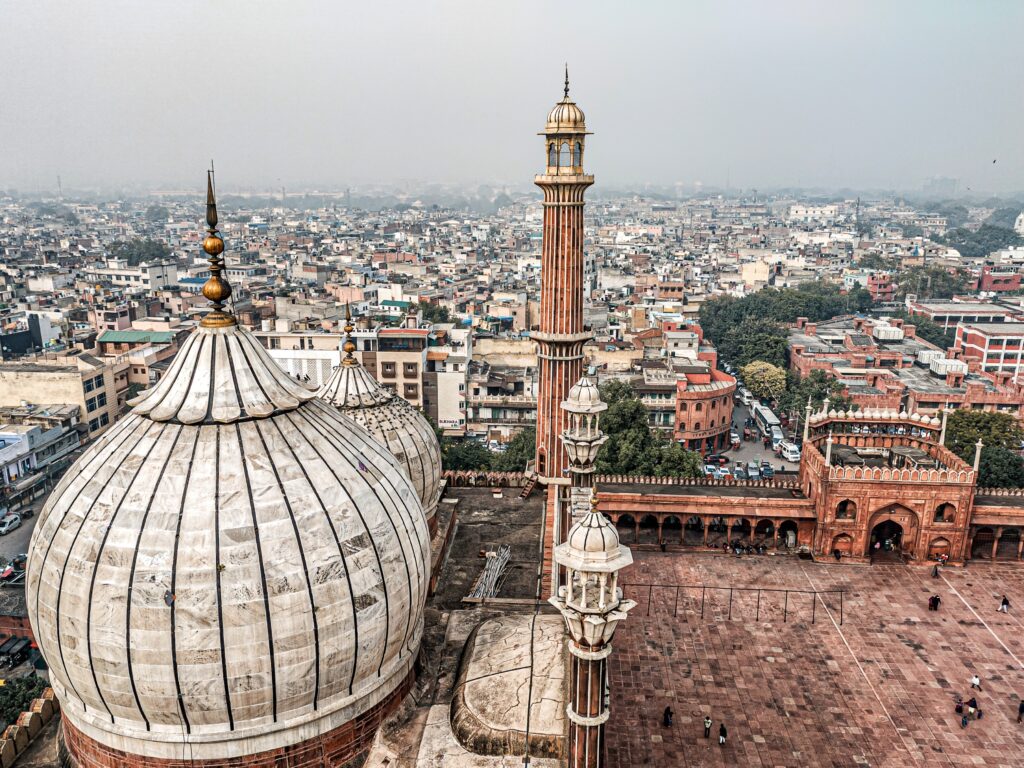 The tour continues through the Rashtrapati Bhavan district, where all the important government buildings and the national parliament are located, as well as the Gateway of India, all these great examples of the political power of the zenith of the British Empire in India, and the monument of March of salt. Also visit the famous Plaza Connaught, which is the commercial hub of the capital.
The tour continues through the Rashtrapati Bhavan district, where all the important government buildings and the national parliament are located, as well as the Gateway of India, all these great examples of the political power of the zenith of the British Empire in India, and the monument of March of salt. Also visit the famous Plaza Connaught, which is the commercial hub of the capital.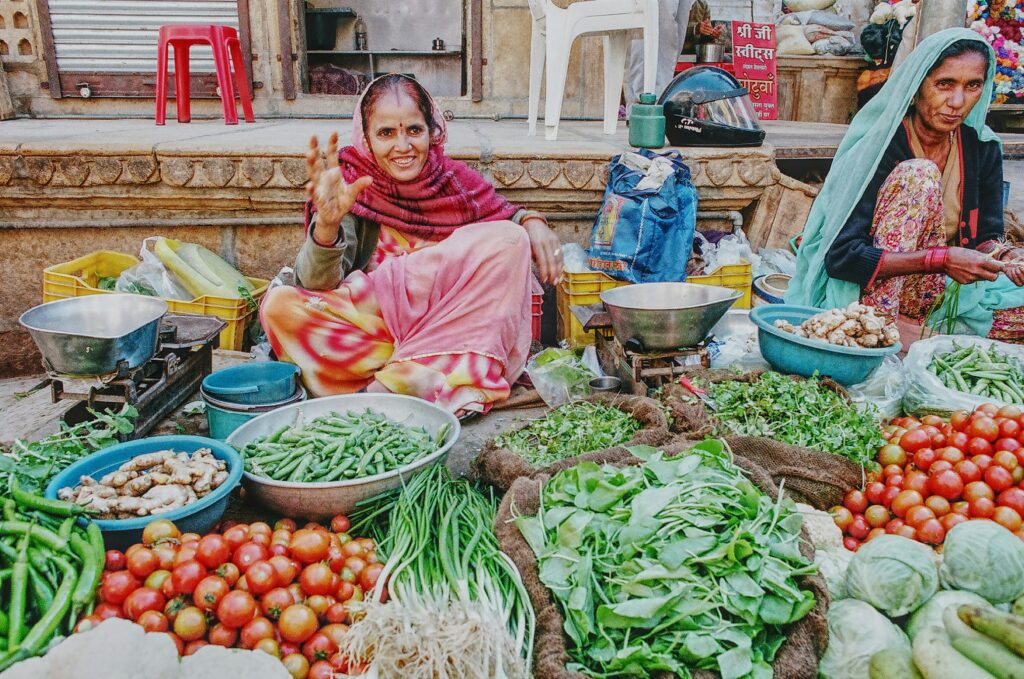 In the morning after breakfast, hop on your transfer to Delhi railway station to board your train that departs for Ajmer. This city of the valiant king Prithvi Raj Chauhan is surrounded by the hills of Mount Aravali. It is also called ‘Ajay Meru’ (‘Invincible Hill’), giving the name ‘Ajmer’ to the city. For hundreds of years, Ajmer has been a pilgrimage center for Hindus and Muslims who visit the mausoleum of Saint Sufi Khwaja Moinuddin Chisti Hasan. Upon arrival in Ajmer, a tour representative will meet and greet you, and then your journey to Pushkar continues with a drive to the city that lies on the edge of the Thar Desert. At its heart is one of India’s most sacred lakes, Pushkar Lake. Apart from its religious significance,
In the morning after breakfast, hop on your transfer to Delhi railway station to board your train that departs for Ajmer. This city of the valiant king Prithvi Raj Chauhan is surrounded by the hills of Mount Aravali. It is also called ‘Ajay Meru’ (‘Invincible Hill’), giving the name ‘Ajmer’ to the city. For hundreds of years, Ajmer has been a pilgrimage center for Hindus and Muslims who visit the mausoleum of Saint Sufi Khwaja Moinuddin Chisti Hasan. Upon arrival in Ajmer, a tour representative will meet and greet you, and then your journey to Pushkar continues with a drive to the city that lies on the edge of the Thar Desert. At its heart is one of India’s most sacred lakes, Pushkar Lake. Apart from its religious significance, 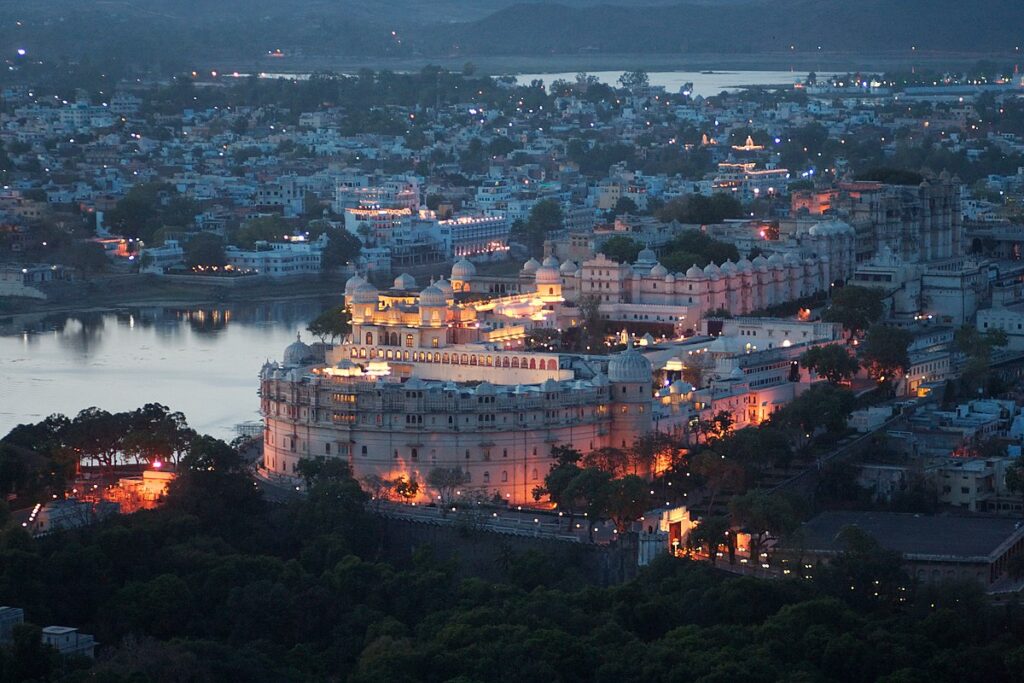 Check out of the hotel after breakfast and continue the journey driving to
Check out of the hotel after breakfast and continue the journey driving to 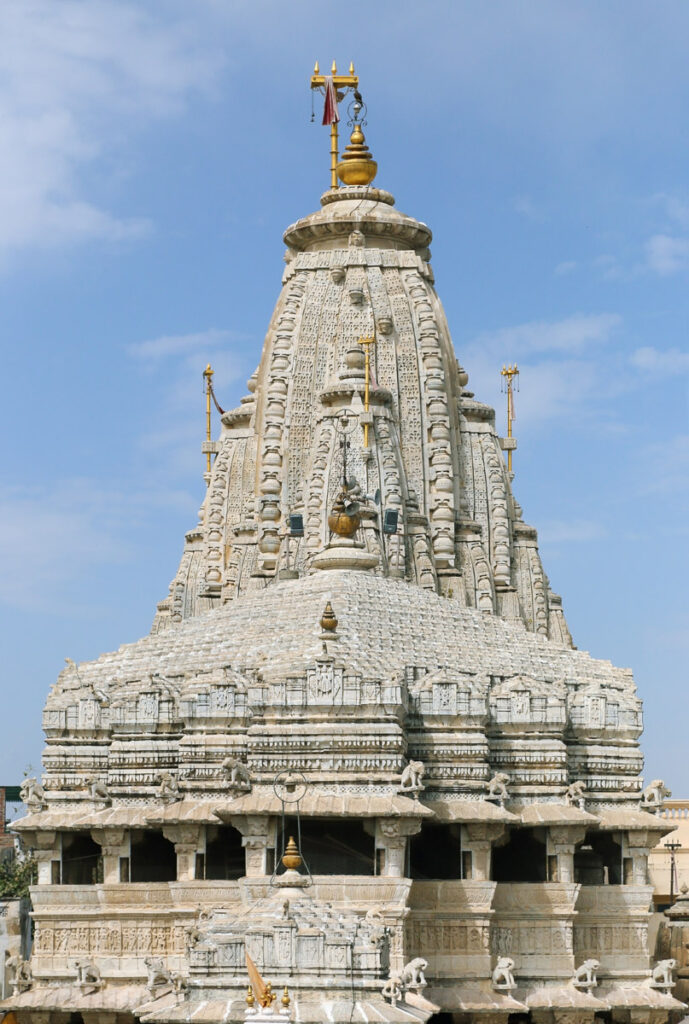
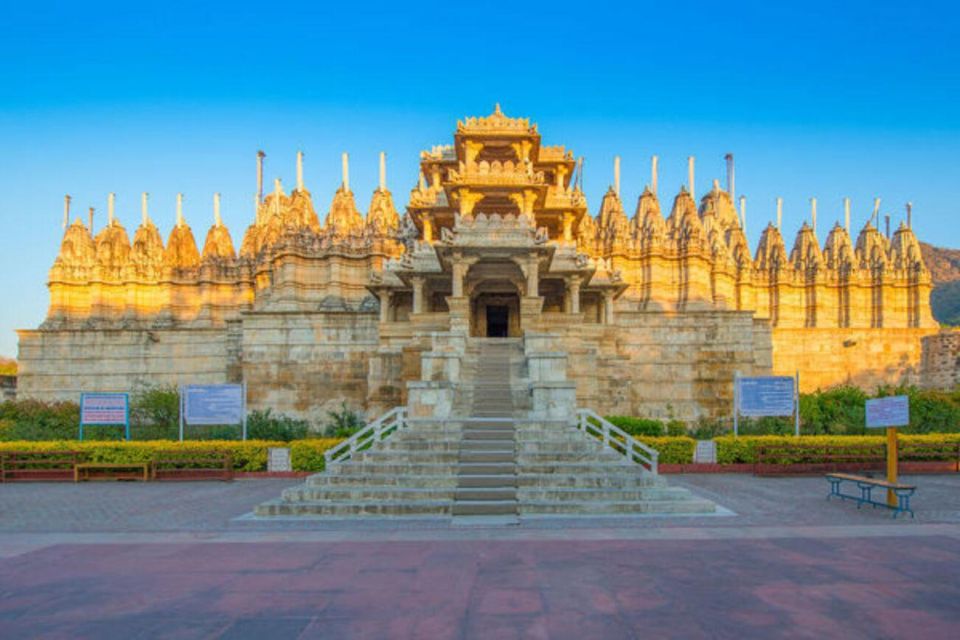 After breakfast, depart to
After breakfast, depart to 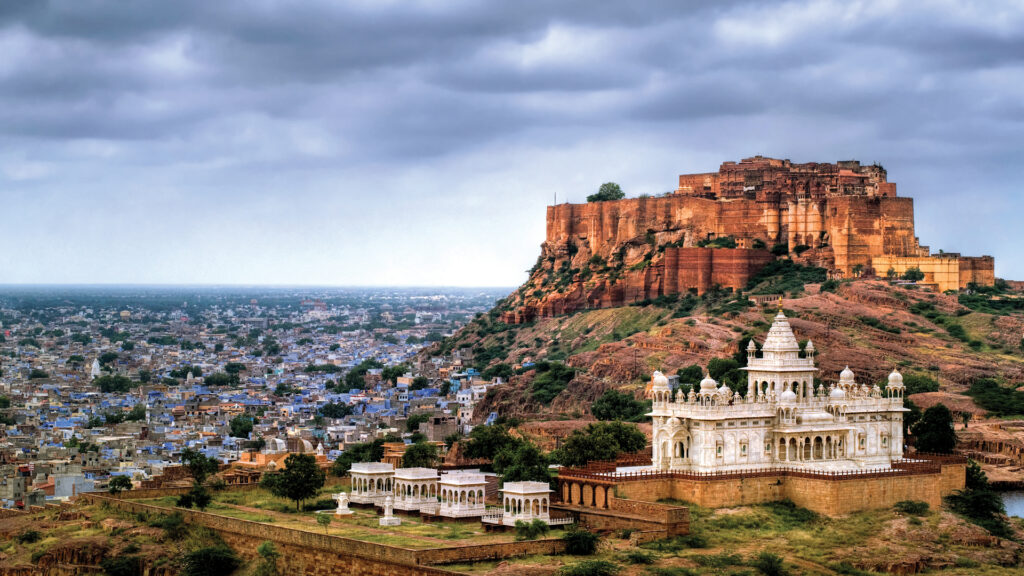 This morning your exploration of the city includes a visit to the Mehrangarh Fort. Founded by Rao Jodha in 1459, when he shifted his capital from Mandore, this majestic fort was one of the largest forts in India. Situated approximately 4 miles from Jodhpur, it overlooks the city from atop a 125m high hill. The fort also houses a large museum which houses some unusual artifacts. During your decent you will see Jaswant Thada on your left. This is an architectural white marble memorial built by Sardar Singh in 1899 in memory of Maharaja Jaswant Singh II. The monument, in its entirety, is built out of intricately carved sheets of marble. These stones are extremely thin and polished so that they emit a warm glow when the sun’s rays dance across their surface. Within this cenotaph, there are also two more tombs. The Jaswant Thada is a traditional cremation ground of Jodhpur rulers. The grounds are also comprised of exquisitely carved gazebos, a beautiful multi-tiered garden, and a small lake.
This morning your exploration of the city includes a visit to the Mehrangarh Fort. Founded by Rao Jodha in 1459, when he shifted his capital from Mandore, this majestic fort was one of the largest forts in India. Situated approximately 4 miles from Jodhpur, it overlooks the city from atop a 125m high hill. The fort also houses a large museum which houses some unusual artifacts. During your decent you will see Jaswant Thada on your left. This is an architectural white marble memorial built by Sardar Singh in 1899 in memory of Maharaja Jaswant Singh II. The monument, in its entirety, is built out of intricately carved sheets of marble. These stones are extremely thin and polished so that they emit a warm glow when the sun’s rays dance across their surface. Within this cenotaph, there are also two more tombs. The Jaswant Thada is a traditional cremation ground of Jodhpur rulers. The grounds are also comprised of exquisitely carved gazebos, a beautiful multi-tiered garden, and a small lake.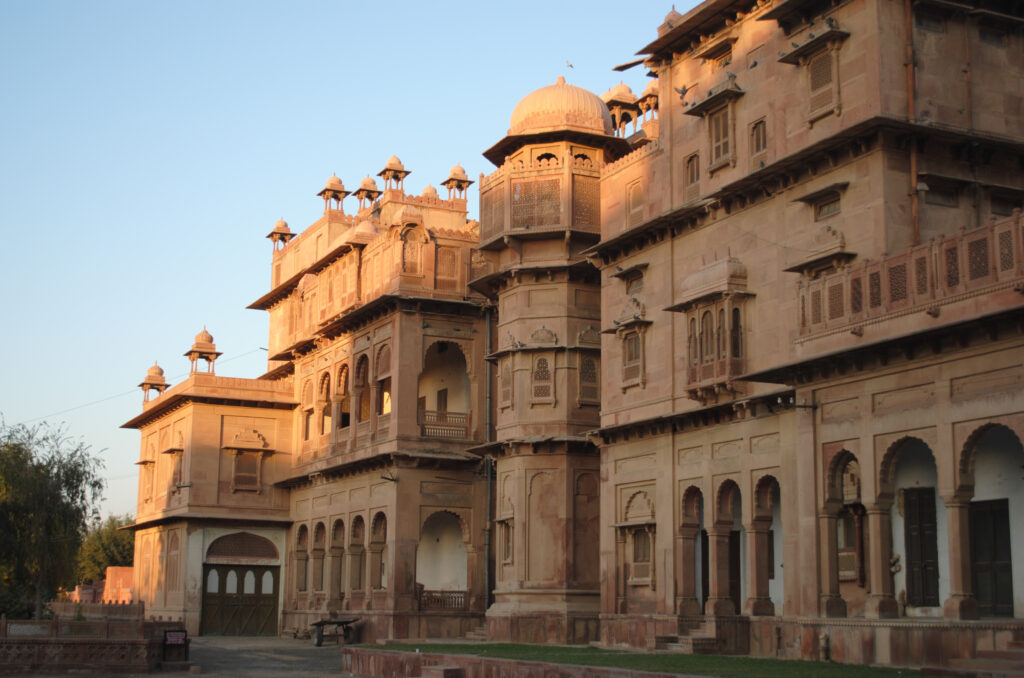 Later continue to Bikaner, the ‘Red City’, thus renamed due to the color of its impressive royal palaces and public buildings. It is an oasis in the heart of the Thar Desert. Its imposing palaces, beautiful and richly carved, and red-and-yellow sandstone temples show some of the most beautiful creations of the Rajput civilization.
Later continue to Bikaner, the ‘Red City’, thus renamed due to the color of its impressive royal palaces and public buildings. It is an oasis in the heart of the Thar Desert. Its imposing palaces, beautiful and richly carved, and red-and-yellow sandstone temples show some of the most beautiful creations of the Rajput civilization.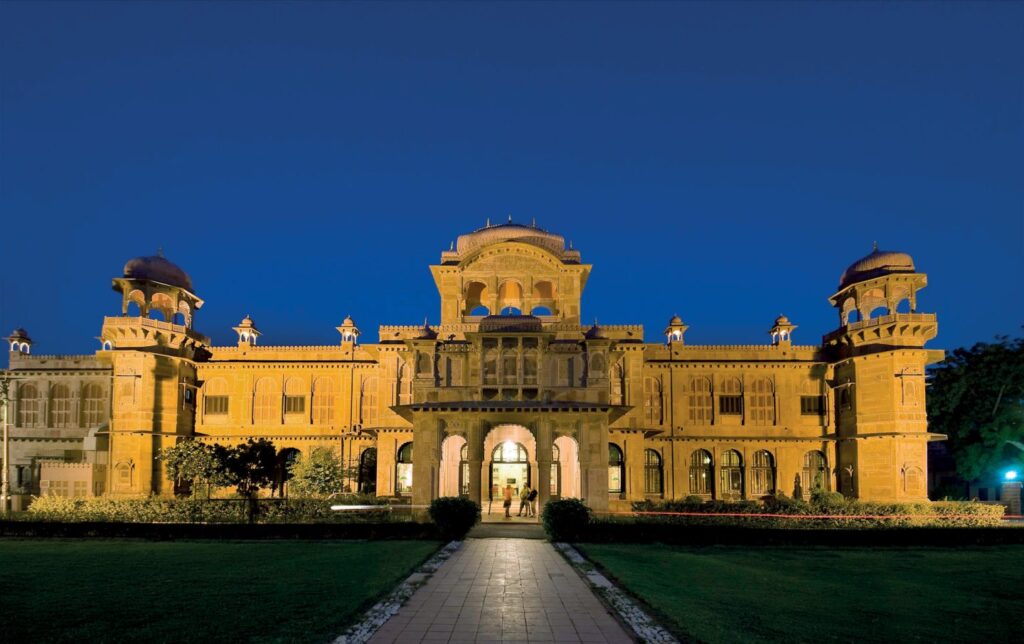 Continue to Lalgarh Palace, was built between 1902 and 1926 according to Rajpur, Mughal and European architectural styles..Situated 3 km north of Bikaner city, this palace was designed by Sir Swinton Jacob, the palace is quite imposing with overhanging balconies and delicate latticework. Peacocks and blooming bougainvillea in the garden welcome the visitor to the palace.
Continue to Lalgarh Palace, was built between 1902 and 1926 according to Rajpur, Mughal and European architectural styles..Situated 3 km north of Bikaner city, this palace was designed by Sir Swinton Jacob, the palace is quite imposing with overhanging balconies and delicate latticework. Peacocks and blooming bougainvillea in the garden welcome the visitor to the palace.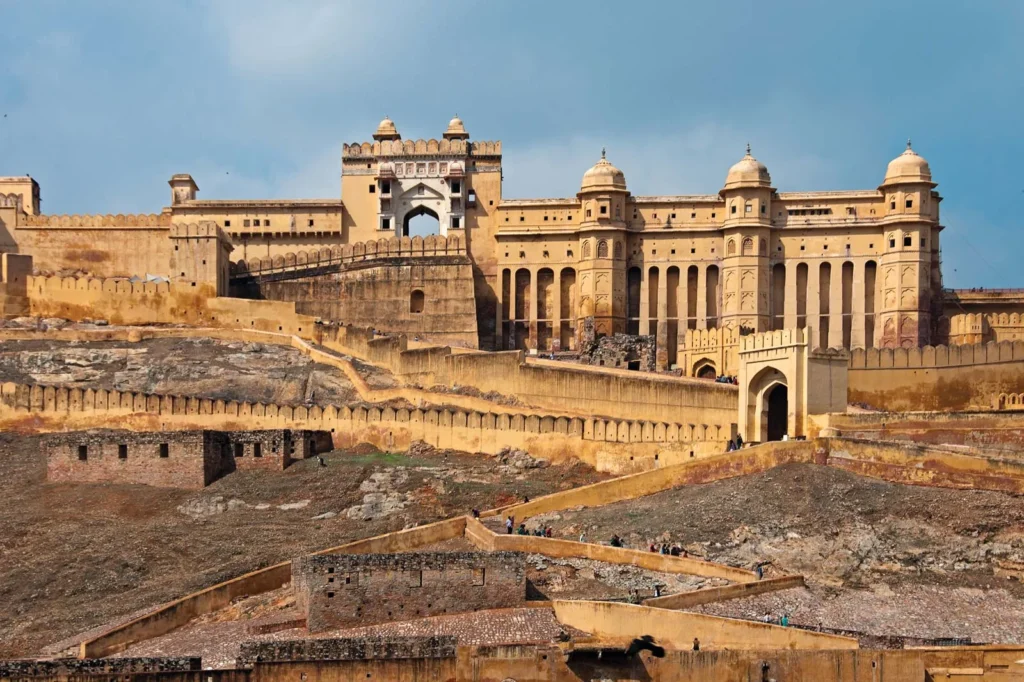 Charge your batteries with breakfast at the hotel before setting off on a morning tour of Amber Fort. Located on a spur overlooking a lake, Amber Fort’s robust, time-ravaged walls appear imposing from the outside, but they hide an interior packed with beautifully decorated palaces and temples, and landscaped gardens. Bedazzled by the Sheesh Mahal, a room with its four walls and ceiling completely embedded with glittering mirror pieces. Admire the frescoes of the Ganesh Pol gate and the colonnade of the Diwan-i-Aam. En route, make a photo-stop at the spellbinding Hawa Mahal or ‘Palace of the Winds’, the colorful façade of which has hundreds of windows, built in the pure style of Rajasthan. It was used as the palace for royal women because here they could not be seen while they observed the exterior. In the afternoon, visit the Maharaja’s City Palace, the former Royal Residence, part of which has been reconverted into a museum. A private portion of it is still used by the Royal Family of Jaipur. Then visit the Jantar Mantar, the world-famous observatory made from stone and marble that’s still in working condition.
Charge your batteries with breakfast at the hotel before setting off on a morning tour of Amber Fort. Located on a spur overlooking a lake, Amber Fort’s robust, time-ravaged walls appear imposing from the outside, but they hide an interior packed with beautifully decorated palaces and temples, and landscaped gardens. Bedazzled by the Sheesh Mahal, a room with its four walls and ceiling completely embedded with glittering mirror pieces. Admire the frescoes of the Ganesh Pol gate and the colonnade of the Diwan-i-Aam. En route, make a photo-stop at the spellbinding Hawa Mahal or ‘Palace of the Winds’, the colorful façade of which has hundreds of windows, built in the pure style of Rajasthan. It was used as the palace for royal women because here they could not be seen while they observed the exterior. In the afternoon, visit the Maharaja’s City Palace, the former Royal Residence, part of which has been reconverted into a museum. A private portion of it is still used by the Royal Family of Jaipur. Then visit the Jantar Mantar, the world-famous observatory made from stone and marble that’s still in working condition.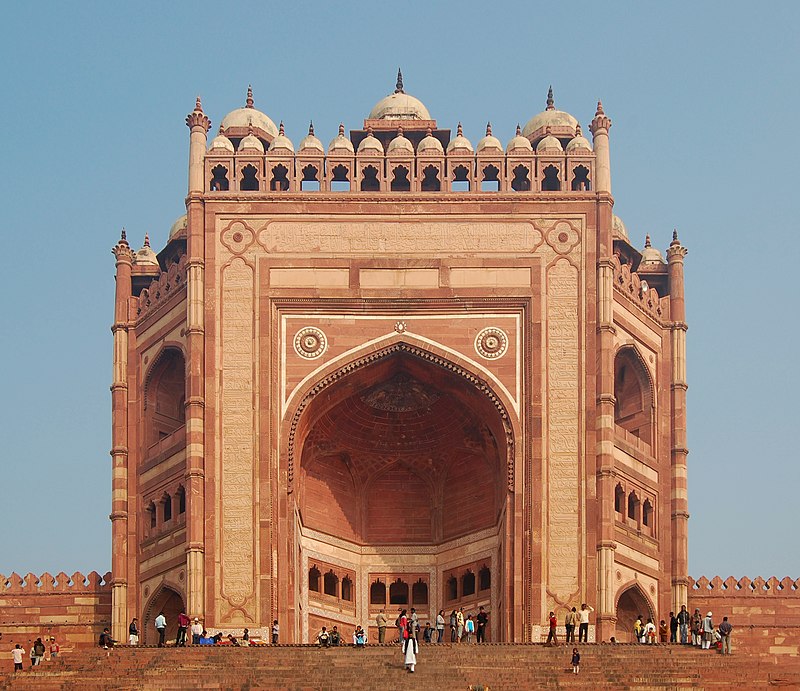 Take to the road after breakfast at the hotel to Agra, on the banks of the Yamuna River. Agra rose to fame in the 17th century as the capital of the Mughal Empire and was beautified with gardens, waterfalls, bathhouses, and canals. In modern times, the city houses a thriving crafts industry, including marble inlay work and carpets. En route, stop to visit the deserted city of
Take to the road after breakfast at the hotel to Agra, on the banks of the Yamuna River. Agra rose to fame in the 17th century as the capital of the Mughal Empire and was beautified with gardens, waterfalls, bathhouses, and canals. In modern times, the city houses a thriving crafts industry, including marble inlay work and carpets. En route, stop to visit the deserted city of 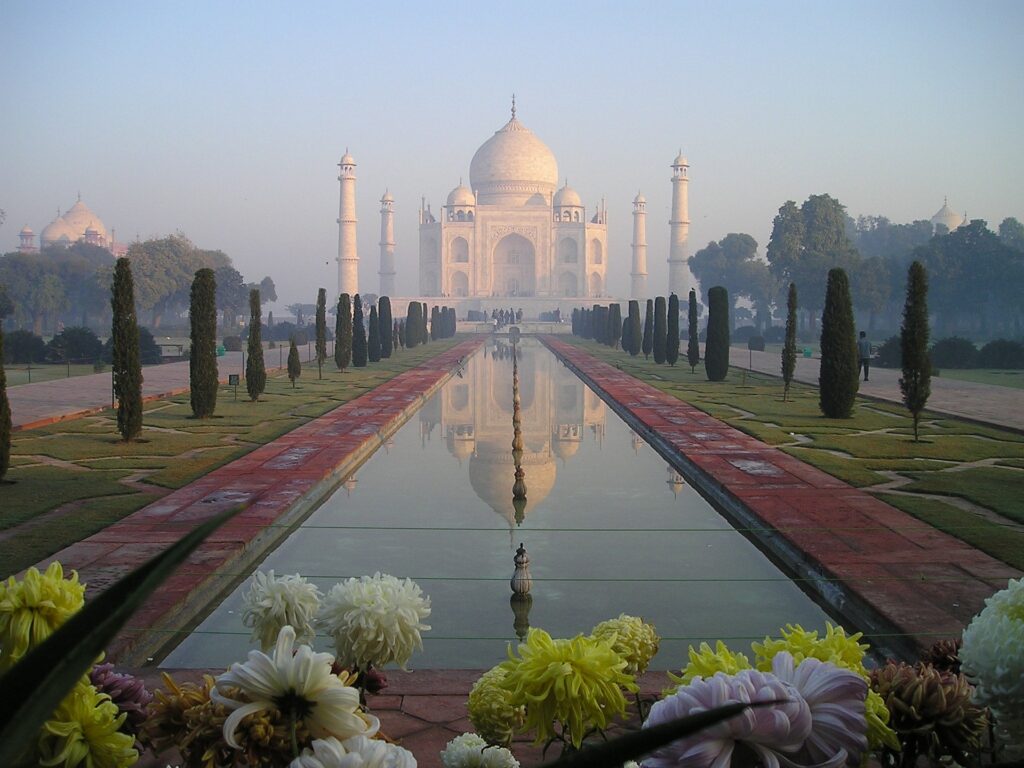 Breakfast at the hotel is followed by a sightseeing tour of the awe-inspiring
Breakfast at the hotel is followed by a sightseeing tour of the awe-inspiring